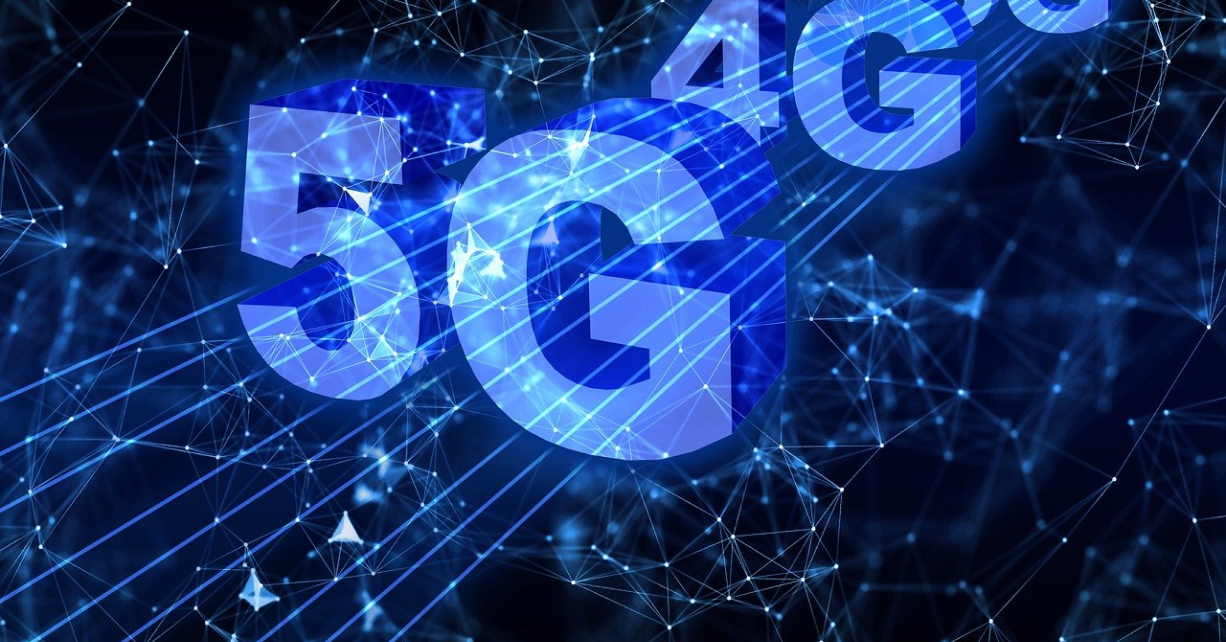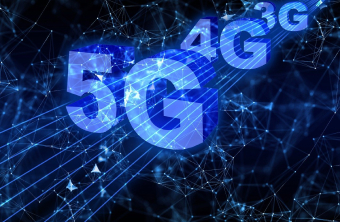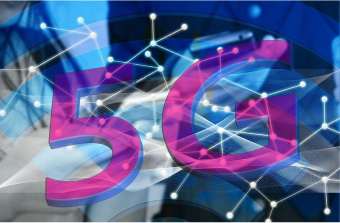

The advent of 5G technology heralds a new era of connectivity, promising faster speeds, lower latency, and greater capacity than ever before. With its potential to revolutionize industries, enable innovative applications, and transform the way we live, work, and communicate, 5G represents a significant milestone in the evolution of wireless networks. In this blog post, we’ll delve into the implications and opportunities of the rise of 5G technology, exploring its impact on various sectors and its potential to reshape the digital landscape.
At its core, 5G technology promises to deliver faster and more reliable mobile connectivity, enabling users to download content, stream high-definition video, and access cloud services with unprecedented speed and efficiency. With 5G networks, mobile devices can achieve data speeds of up to 10 gigabits per second (Gbps), significantly outpacing the capabilities of previous generations of wireless technology. This enhanced connectivity not only improves the user experience for consumers but also unlocks new possibilities for mobile applications and services, from augmented reality gaming to real-time video conferencing.
One of the most significant implications of 5G technology is its role in powering the Internet of Things (IoT) ecosystem. With its ability to support a massive number of connected devices simultaneously and provide ultra-low latency communication, 5G lays the foundation for a truly interconnected world where everyday objects, sensors, and machines can communicate and collaborate in real-time. From smart cities and autonomous vehicles to industrial automation and healthcare monitoring, 5G-enabled IoT applications have the potential to revolutionize industries, improve efficiency, and enhance quality of life.
Beyond consumer connectivity, 5G technology holds immense potential for transforming industries and enabling innovative applications across sectors such as healthcare, manufacturing, transportation, and entertainment. In healthcare, for example, 5G-enabled telemedicine and remote monitoring solutions can provide patients with access to high-quality care from anywhere in the world, while in manufacturing, 5G-powered automation and robotics can optimize production processes and improve operational efficiency. Similarly, in the entertainment industry, 5G-enabled augmented and virtual reality experiences offer immersive entertainment options and new revenue streams for content creators.


5G technology is driving the proliferation of edge computing architectures, which bring compute resources closer to the point of data generation and consumption. By reducing latency and processing data locally, edge computing enables real-time decision-making and supports applications that require low latency, such as autonomous vehicles, smart factories, and augmented reality experiences. Additionally, 5G networks facilitate the delivery of cloud services and applications to mobile devices, enabling seamless access to data, content, and computing resources from anywhere, at any time.
The widespread deployment of 5G technology is expected to have profound socio-economic implications, ranging from job creation and economic growth to digital inclusion and social equity. As 5G networks enable the proliferation of new technologies and business models, they have the potential to drive innovation, spur entrepreneurship, and create new opportunities for employment and economic development. However, it’s essential to ensure that the benefits of 5G technology are equitably distributed and that efforts are made to bridge the digital divide and address the needs of underserved communities.
The rise of 5G technology represents a transformative shift in the way we connect, communicate, and collaborate in the digital age. With its unprecedented speed, capacity, and reliability, 5G has the potential to revolutionize industries, enable innovative applications, and unlock new opportunities for growth and development. As we embrace this new era of connectivity, it’s crucial to recognize the implications and opportunities of 5G technology and work collaboratively to harness its full potential for the benefit of society. By embracing innovation, fostering collaboration, and ensuring inclusivity, we can pave the way for a more connected, intelligent, and prosperous future powered by 5G technology.